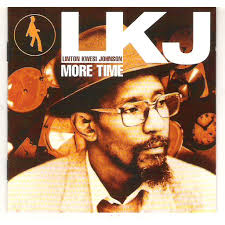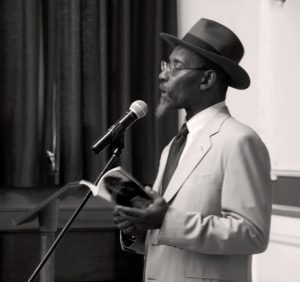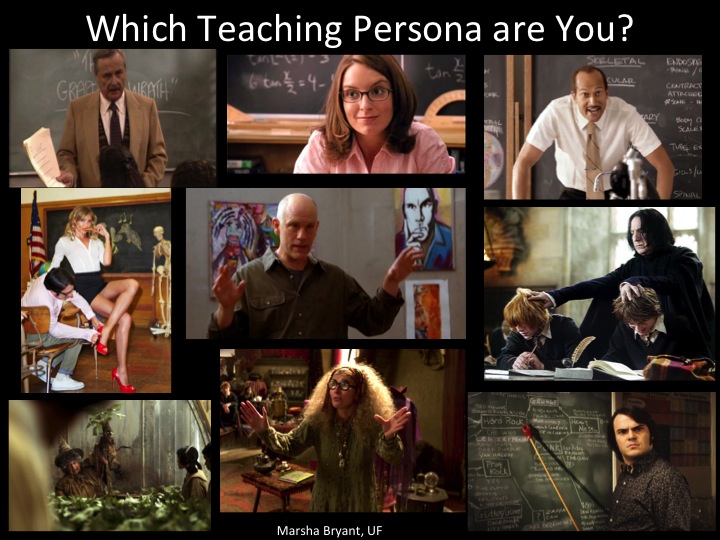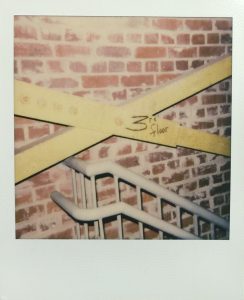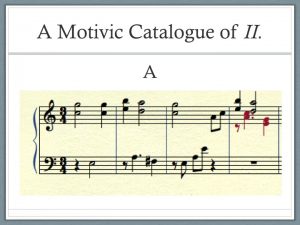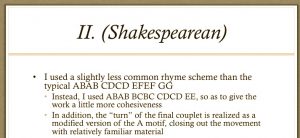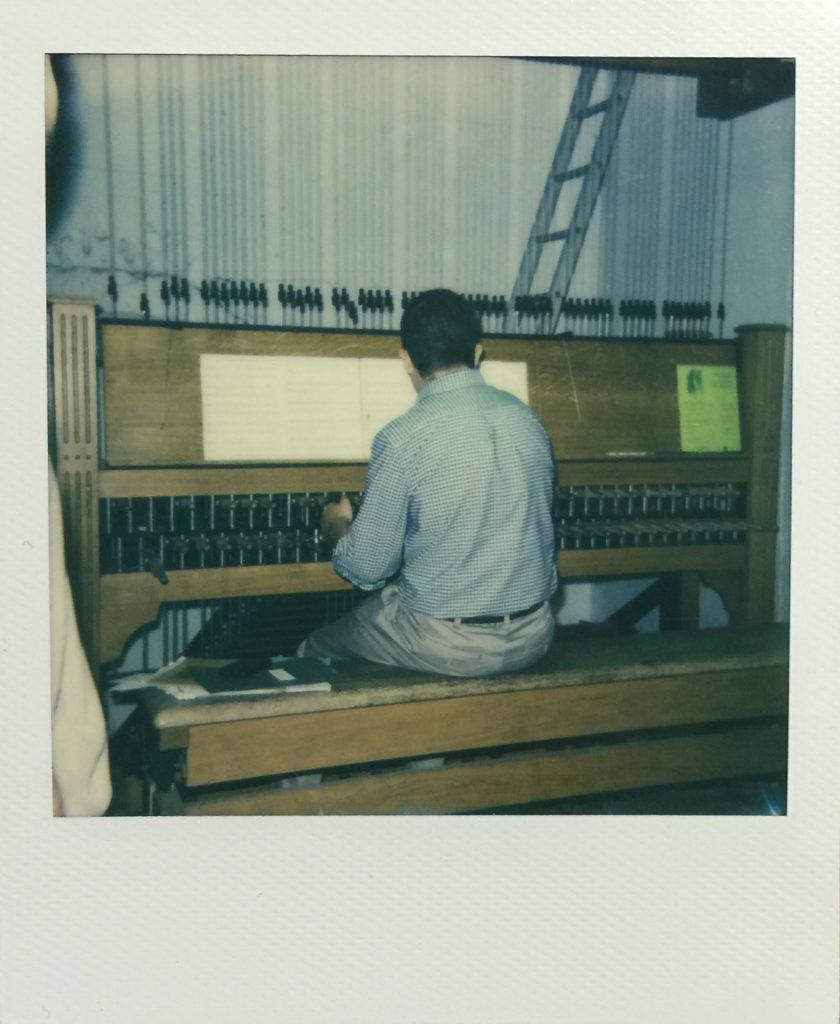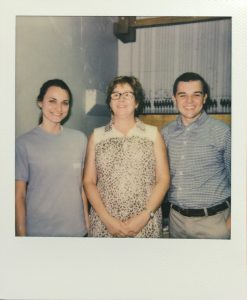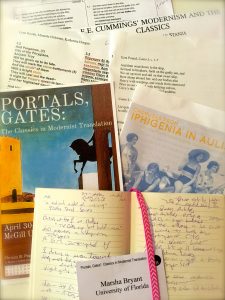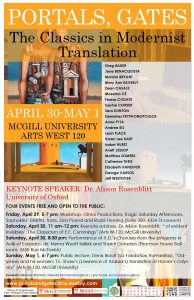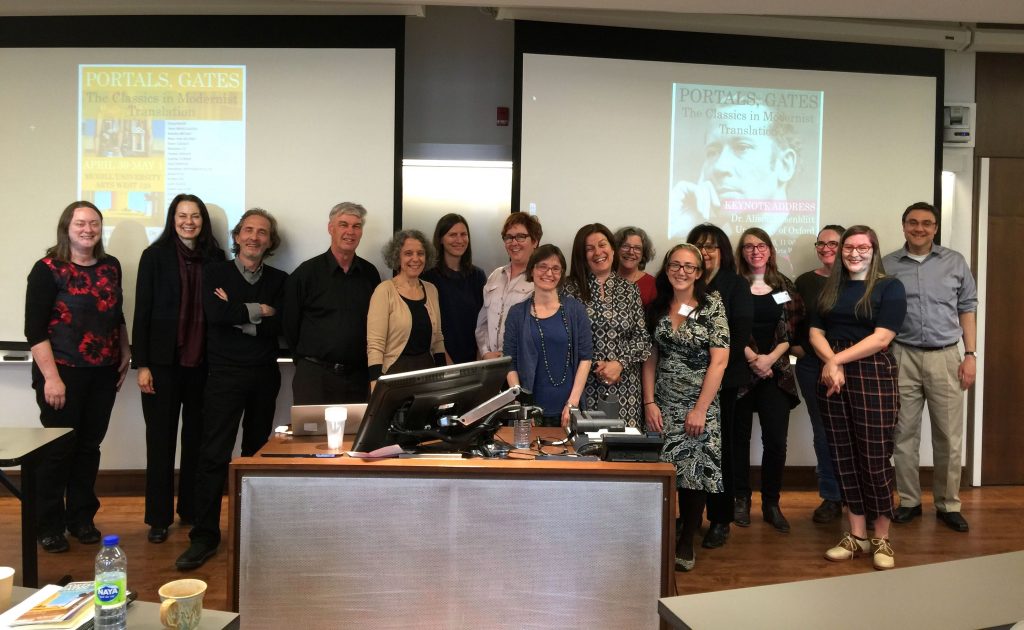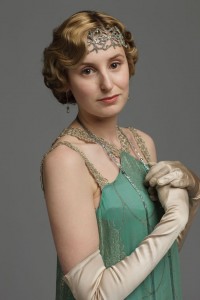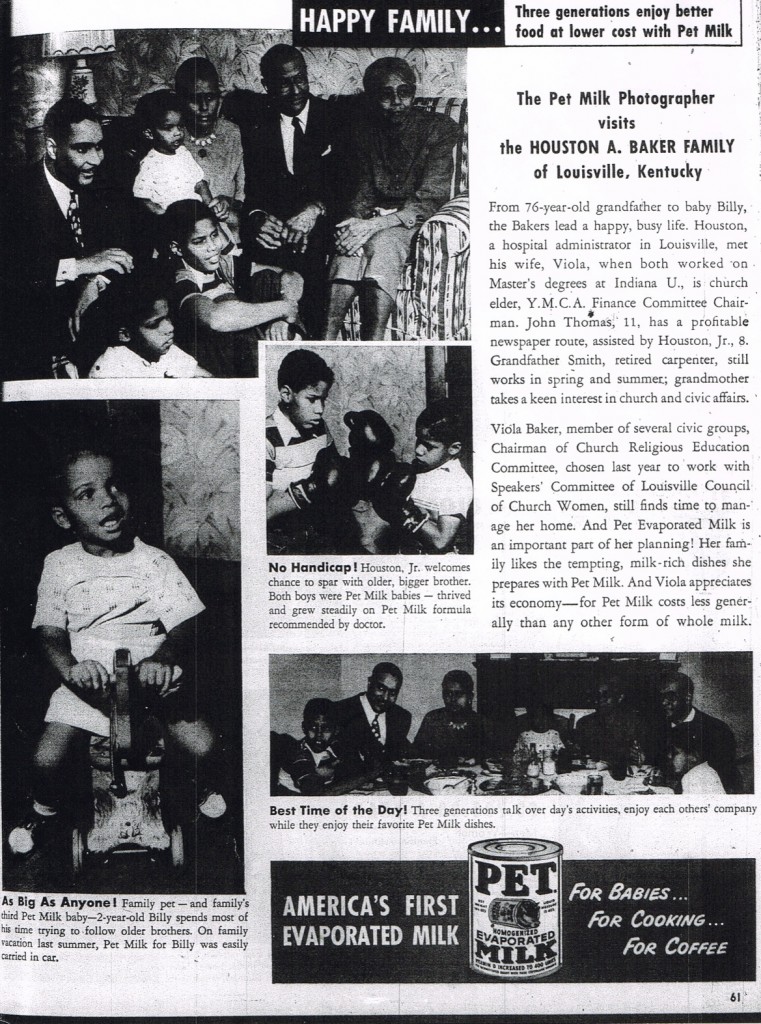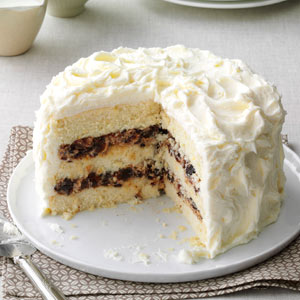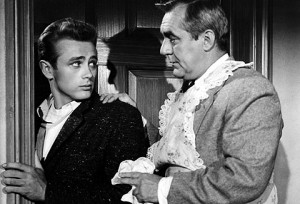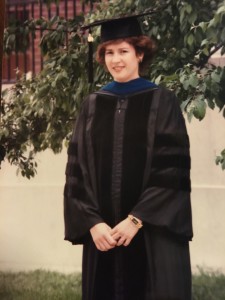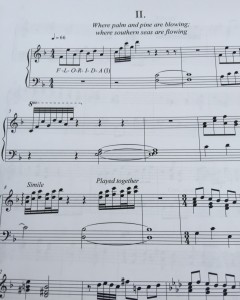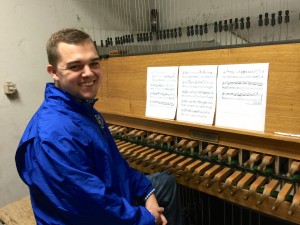 I’ve recently assumed an administrative position that involves mentoring over 100 graduate teaching assistants. They include new and seasoned instructors. They include MFA and PhD students who teach a range of materials from creative writing and literature to critical theory and media studies. Each week I offer them teaching tips through email. Here’s my latest post, which invokes choral singing to think about classroom dynamics:
I’ve recently assumed an administrative position that involves mentoring over 100 graduate teaching assistants. They include new and seasoned instructors. They include MFA and PhD students who teach a range of materials from creative writing and literature to critical theory and media studies. Each week I offer them teaching tips through email. Here’s my latest post, which invokes choral singing to think about classroom dynamics:
Many of us like to use small-group work in our classes for a number of reasons: it helps more introverted students participate, it allows the class to consider multiple questions simultaneously, it conserves some of the teacher’s energy. In this mode, the teacher becomes a facilitator. Yet leading the class is also important: it focuses your students’ collective energies. And your students get to hear more of their peers’ opinions, not just the individual group leaders’. It’s good to be the conductor, too!
Here’s what Beethoven’s “Ode to Joy” sounds like when the Alto part gets emphasized:
And here’s what it sounds like with a Full Choir:
https://youtu.be/_i224xsGmv4
Taking on the conductor’s role in the classroom can be daunting sometimes. As you know, a full-class discussion can move in directions you didn’t anticipate. But it’s good to hear the whole choir in our classrooms, even if we don’t conduct it every session. These tips can help:
- Mentally count to 10 when you ask a question. It takes longer for a roomful of people to process something than for 3-5 people sitting together.
- If you’re still getting blank faces, break down your question. Sometimes we’re not aware of how complicated our discussion questions really are.
- If you stacked up more questions than you can cover in conductor mode, try throwing out 2 short ones together, asking students to respond to one or both.
- Don’t be afraid to scratch a question and try a new one.
- If several students raise their hands at once, queue them All up first. Then call on them one-by-one.
So go ahead and grab your baton in your classroom. Instead of working individual parts, you’ll hear the whole choir. –MB
